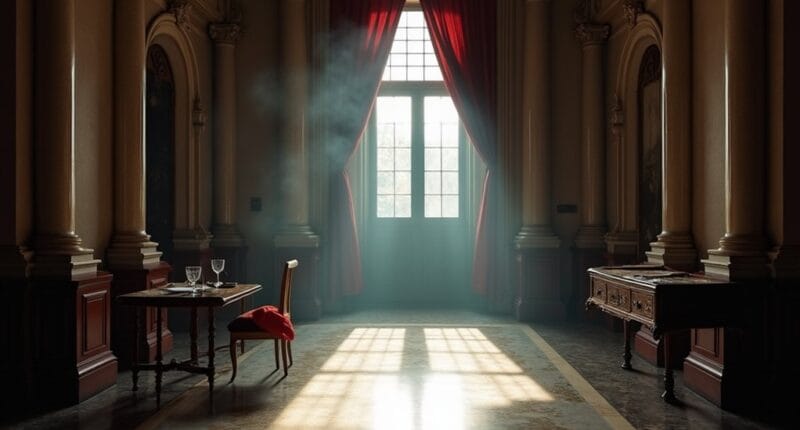Pope Francis’s public image as a humble reformer faces mounting criticism within Vatican walls. “The Dictator Pope,” a controversial exposé by anonymous author Marcantonio Colonna, depicts Francis as an autocratic leader prone to tantrums and arbitrary dismissals of high-ranking officials. His swift removal of critics, including Archbishop Gänswein, and questionable responses to controversies have intensified divisions in the Church. This contentious leadership style looms large as cardinals prepare for the next conclave. The real story behind the papal throne runs deeper than most realize.

Few controversies have rattled the Vatican quite like the persistent accusations that Pope Francis, for all his humble gestures and warm smiles, might actually be running the Catholic Church like a strongman. The publication of “The Dictator Pope” by Marcantonio Colonna (a pseudonym, because of course it is) blew the lid off what some insiders had been whispering about for years.
The book paints a stark picture: a pope who’s all mercy and kindness in public but allegedly throws profanity-laced tantrums behind closed doors. Multiple high-ranking Vatican officials have found themselves suddenly reassigned or dismissed. Not exactly the warm-and-fuzzy papal image we’re used to seeing on Christmas cards. Google Images searches helped debunk several misleading photos that circulated during this controversy.
Adding fuel to the fire are the lingering questions about Francis’s past in Argentina during the country’s “Dirty War” from 1976 to 1983. While photos supposedly linking him to dictator Jorge Videla were eventually debunked, the controversy never quite went away. Social media had a field day with it, spreading old news stories faster than communion wafers at Easter Mass.
The Vatican’s attempts to control the narrative haven’t exactly helped. Their hurried retractions of controversial statements and images have only made people more suspicious. A recent World Youth Day commemorative stamp was removed from circulation after criticism that it resembled propaganda from Portugal’s former dictatorship. Meanwhile, internal opposition keeps growing. When Archbishop Gänswein published his tell-all memoirs, he got shown the door faster than you can say “papal bull.”
The most telling aspect might be how “The Dictator Pope” spread through the Church like wildfire, getting translated into multiple languages and sparking heated debates from Rome to Rio. The author’s choice to remain anonymous – citing fears of retaliation – only added to the intrigue.
These days, the Catholic Church seems split between those who see Francis as a much-needed reformer and those who view him as an ecclesiastical autocrat. With every new dismissal and every controversial appointment, the whispers grow louder. Whether justified or not, the “dictator pope” image has become part of Francis’s legacy, creating divisions that run deeper than most would care to admit.





